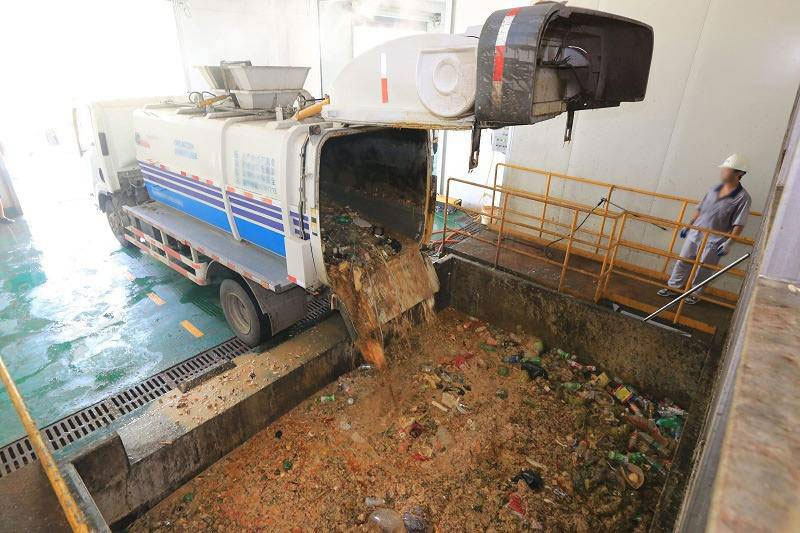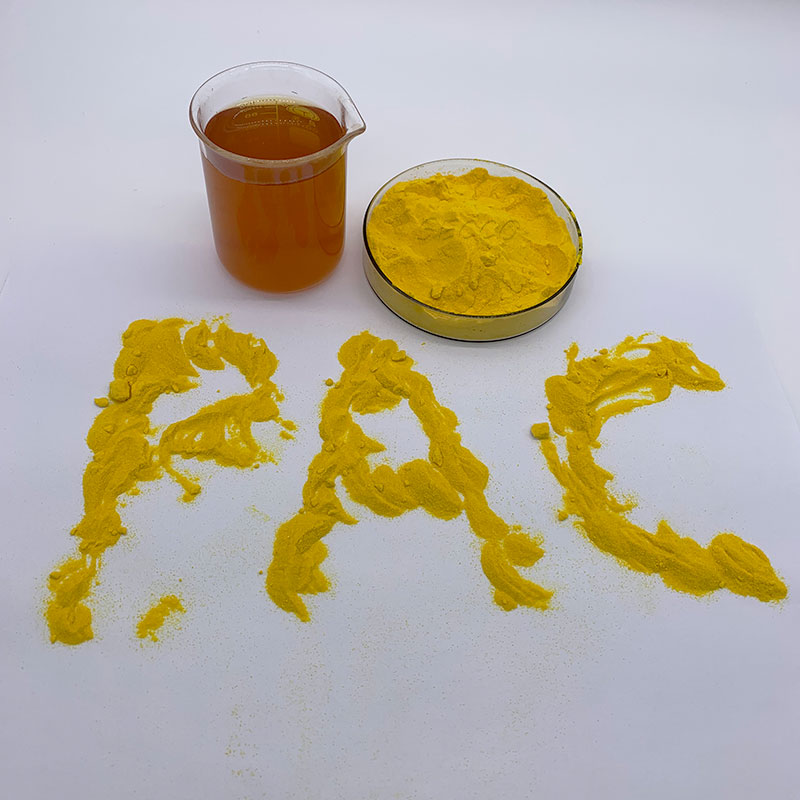Kitchen waste wastewater refers to high concentration organic wastewater containing edible waste grease after solid liquid separation of kitchen waste. Restaurant -kitchen waste is the leftover food and grease produced in the daily activities and production process of residents and catering service industry, with a huge output. Restaurant -kitchen waste has good resource reuse value. However, since restaurant -kitchen waste contains a lot of water, solid-liquid separation should be carried out before restaurant -kitchen waste reuse. Solid waste is separated by pressing equipment to ferment biodiesel, alcohol, organic fertilizer and other available green resources. The wastewater produced by pressing is our common kitchen waste wastewater.

Key points of kitchen waste wastewater treatment
(1) The wastewater contains high oil content and suspended matter, which requires efficient oil separation and suspended matter removal.
(2) The concentration of organic matter pollution in wastewater is high. When the biochemical process is used for treatment, the biochemical system has a high load, which requires a good efficiency of the biochemical system.
(3) Kitchen waste is not easy to be transported over long distances, so it is generally treated nearby, and the reserved space for wastewater treatment is limited.
(4) A large amount of odor is produced in the process of restaurant kitchen waste wastewater treatment, which needs to be effectively controlled.


We use polyacrylamide combined with polyaluminum chloride to treat kitchen wastewater, the effect is obvious.
Cationic flocculant is used to treat kitchen wastewater. The appearance of cationic flocculant is 10%-80% white powder particles; Good water solubility, can be proportionally soluble in water, insoluble in organic solvents. Cationic flocculants promote colloidal particles to aggregate into large flocculent, and they are separated from the suspension by the positive charge group contained in the cationic flocculants, cationic flocculants neutralize the negative charge organic colloid in the sludge and bridge, and coagulate the polymer. The effect is obvious and the dosage is small.